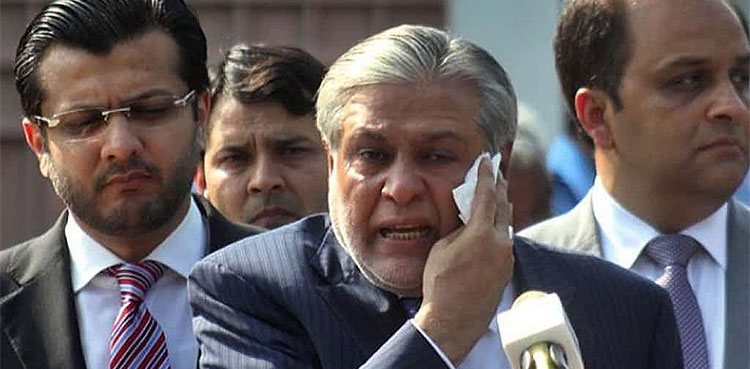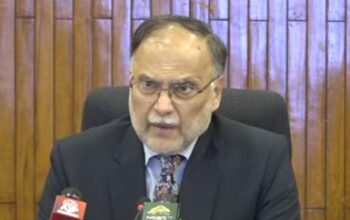By Staff Reporter
ISLAMABAD: Pakistan’s economic growth slowed sharply to one of the lowest levels in its history, as its woes intensify amid record inflation and interest rates, along with an intense political crisis in the country.
The National Accounts Committee (NAC) reported that gross domestic product (GDP) provisionally expanded 0.29 percent for the fiscal year ending June 30, 2023. An initial 5 percent GDP target set last June was revised down to 2.3 percent in September after devastating floods last summer.
This is only the fifth time in the country’s history the growth rate has been less than 1 percent, according to Pakistan Bureau of Statistics (PBS) data. The last time this happened was in fiscal 2020 when the pandemic hit global economies hard.
The slowdown is largely due to a reduction of industrial output caused by government restrictions on the imports of many raw materials since it doesn’t have the funds to make those purchases. Agricultural output has also contracted due to last year’s floods that submerged one-third of the country and displaced millions of people.
The sluggish growth is expected to contribute to a rise in poverty and unemployment, although official figures on these crucial matters are currently unavailable.
In terms of the GDP size in rupee terms, it reached Rs38.927 trillion for the outgoing fiscal year, compared to Rs38.814 trillion in the preceding financial year of 2021-22.
Dr. Nadeem Javaid, the chief economist of the Planning Commission, said Pakistan’s economy has faced a series of challenges, including devastating floods, political instability, global recession, and the Ukraine war.
“Despite these adversities, the resilience demonstrated by various economic sectors in the country has managed to generate a slight positive growth in the current fiscal year,” he added.
The NAC reported that the agriculture sector achieved growth of 1.55 percent, the industrial sector contracted with negative growth of -2.94 percent, and the services sector experienced growth of 0.86 percent.
Reports of immense pressure on officials from the Pakistan Bureau of Statistics (PBS) and other high-ranking individuals surfaced, claiming an effort to turn the GDP growth from negative to positive.
Initially starting at -1 percent and subsequently adjusted to -0.5 percent, the NAC ultimately approved a positive GDP growth figure of 0.29 percent after extensive deliberation among officials from the Ministry of Finance, State Bank of Pakistan, and Ministry of Planning, sources said.
The shift from a negative to a growth trajectory raised concerns, particularly regarding the 10.44 percent growth figure in the education sector. Additionally, human health and social work-related activities experienced 8.49 percent growth in the current fiscal year.
Within the agriculture sector’s growth of 1.55 percent, the growth of significant crops remained negative at 2.49 percent. However, the production of wheat, totaling 27.6 million tons, contributed to the agricultural sector achieving growth. Conversely, cotton production only reached 4.5 million bales, resulting in a negative growth rate of 41 percent. Livestock, on the other hand, experienced growth of 3.78 percent.
Regarding the industrial sector, large-scale manufacturing (LSM) suffered a negative growth rate of 7.98 percent. However, small-scale manufacturing surprisingly achieved growth of 9.03 percent. The construction sector, unfortunately, experienced negative growth of 5.53 percent. Notably, electricity generation and gas distribution achieved growth of 6.03 percent, raising some eyebrows.
The services sector achieved a growth rate of 0.86 percent, while wholesale and retail trade recorded negative growth of 4.46 percent.
When asked about potential pressure on the PBS to achieve growth, PBS Chief Dr. Naeem Uz Zafar stated that there was no external pressure, emphasizing that they carried out their duties in a professional manner to determine the provisional growth figures.
Copyright © 2021 Independent Pakistan | All rights reserved




